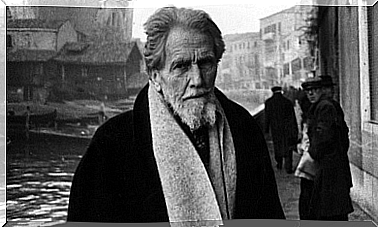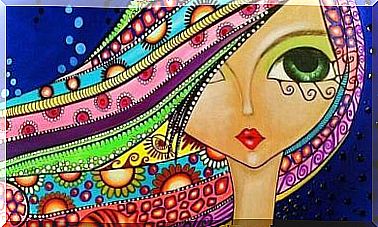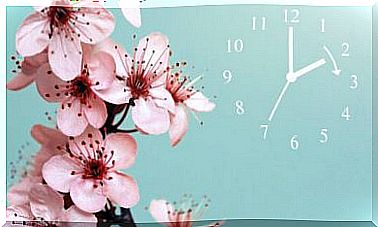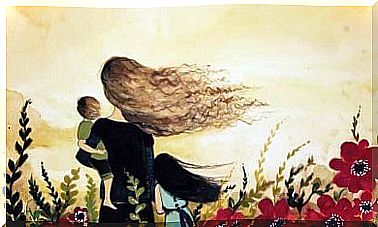The Family Tree: A Tool For Growth And Healing

A family tree is more than just a drawing and a collection of facts, dates, and family histories. It can be a very powerful tool to understand and heal a person’s circumstances and problems.
Perhaps it is far from being a healing tool, as some argue. However, the truth is that it can provide us with valuable information about our origin and explain in some way where we come from. Some currents even dare to affirm that through the knowledge of the genealogical tree we can discover how the familiar unconscious interacts with the personal unconscious.
A little history…
It was in the 1960s when a series of psychoanalysts emerged in Europe for whom therapy focused on raising awareness of the repetition of conflicts and difficulties within the family. They included a transgenerational approach in their therapeutic approach.
In the 70s “psychogenealogy” was born. This is a method of psychoanalysis where the relationship of the origin of the person’s problems with situations not resolved by their ancestors is emphasized. Psychogenealogy considers that simply becoming aware of these problems produces the liberation or resolution of them. Within psychogenealogy we can find Anne Schützenberger, Didier Dumas, Jodorowsky, Bert Hellinger …
In the last thirty years, within the psychotherapeutic field, the concept of “family unconscious” has been revalued. Ancient Eastern philosophical thoughts have been reconsidered, emphasizing the influence that our ancestors could have on our lives or the strength of certain people in the family network. Currently the genealogical tree is used, and is part of the medical history, as a tool in multiple disciplines: psychotherapy, psychiatry, medicine, social work, education …
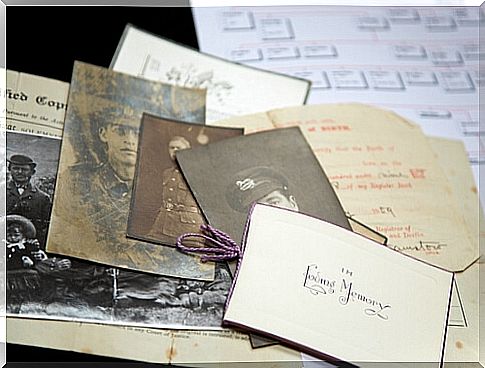
Why make a family tree?
Building a family tree can be a very enjoyable activity: discovering who we are and where we come from. Investigate who our ancestors were, know their origin, what they did … This activity can become a nice hobby. In addition, it constitutes a whole source of studies called genealogy.
Regarding the development and study of our genealogical tree, it can help us in many aspects such as:
- Transform the way we see and understand our family.
- Elaborate duels that we may not have been able to do at the time.
- Know a part of our medical history by observing the diseases that our ancestors have suffered.
- Graphically observe if our beliefs, fears and blocks are related to family dynamics and transgenerational inheritances.
- Connect with our spirituality. When you know and understand your own past, you empower your roots while connecting with something greater. By feeling that we are part of a chain, we become more aware of how small we are.
- Access information that we cannot see at a conscious level and yet at an unconscious level can continue to manifest.
How is a family tree made?
To develop a family tree we can begin to collect data by asking and interviewing our relatives. Then we can continue reviewing documents, photographs, tables, civil records, newspaper archives with historical archives, the Internet, etc.
The data that we can search and write down in the tree are the following:
- Names and surnames.
- Important dates : births, marriages, deaths, migrations …
- Causes or circumstances of the deaths.
- Professions.
- How were the relationships between the different members of the family (rivalries, friendships, privileges …)
- For what qualities did our ancestors stand out?
- Significant events : disabilities, parallel love stories, anecdotes of different kinds …
- The most important symptoms and diseases of the members of the family tree.

Once we have the tree, how do we interpret it?
Interpreting a family tree means doing a “transgenerational analysis. ” Through this analysis we can identify unresolved conflicts, unprocessed duels, behavior patterns … The key issue in interpreting the genealogical tree is “becoming aware” and identifying possible “programs”. For this it can be enormously productive to carry out this task in collaboration with someone.
It is difficult for the genealogical tree to give us an answer without first having generated a question; however, on many occasions curiosity can produce both phenomena (question and answer) simultaneously. The usual thing is that a genealogical tree is drawn up or consulted when there are certain concerns about different topics (emotions, circumstances, blockages, illnesses …).
That is, it is good to analyze the tree by asking specific questions. The go getting the answers and discovering their links can be a profound work, while exciting. A true personal development process. With it we will be able to answer a fundamental question: where do we come from and how does it condition us?
In short, the development and study of a family tree can be an exciting activity that we can all do at some point in our lives. According to experts, their insight and understanding is already healing, beyond what we can do with that information later. So why not try?

